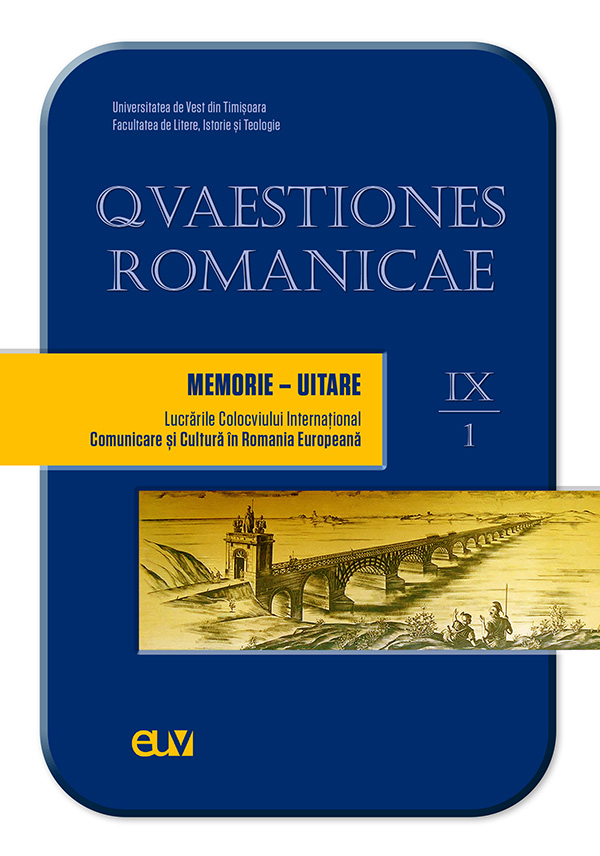Repertoriul vaselor de tip ‘Head pots’ descoperite în Dacia (secolele II-IV p.Chr.)
Abstract: (The Repertoire of the ‘Head pots type’ Vessel Unearthed in Dacia (2nd-4th Centuries AD)) The vessels in the shape of a human head (referred to in the scientific literature as ‘Head Pots’) differ in manufacturing technique from those with the figure applied on the body of the vessel by the fact that they were made in a bivalve mould. Another element that differentiated them was the fact that they were closer to the Greek tradition, than to the Celtic or Germanic one. The production of human-shaped vessels, in the Roman period, developed with the processing of glass, first in Syria and Alexandria, and then in Cologne, until the end of the first century AD. In the second and third centuries AD, the spread of this type of vessel continued in North African workshops and in Athens. At the beginning of the fourth century there was a decline during the Christian persecutions. The faces of deities, satirs, older people, teenagers and aethiopes were used as models. As for their utility, we cannot be sure, specimens of this kind were discovered in different contexts: graves, settlements, camps, etc.
Keywords: ‘Head pots’, funerary, bivalve mould, satirs, Syria.
Rezumat: Vasele în formă de cap uman (denumite în literatura de specialitate și Head Pots) diferă ca tehnică de fabricare de cele cu figură aplicată prin faptul că erau realizate într-un tipar bivalv. Un alt element care le diferenția era faptul că erau mai apropiate de tradiția greacă, decât de cea celtică sau germanică. Producția de vase în formă de cap uman s-a dezvoltat în perioada romană o dată cu cea a prelucrării sticlei, prima oară în Siria și Alexandria, iar mai apoi la Colonia Claudia Ara Agrippinensium (Köln), până la sfârșitul secolului I p.Chr. În secolele al II-lea și al III-lea p.Chr. este continuată răspândirea acestui tip de vas în atelierele nord-africane și la Atena, pentru ca, la începutul secolului al IV-lea să se înregistreze un declin care este marcat de persecuțiile creștine. Ca modele erau folosite chipurile de zeități, satiri, bătrâni, adolescenți și personaje de culoare sau aethiopes. În privința utilității lor nu putem fi siguri. Exemplarele de acest fel au fost descoperite în diferite contexte: morminte, așezări, castre etc.
Cuvinte-cheie: ‘Head pots’, funerar, tipar bivalv, satiri, Siria.
